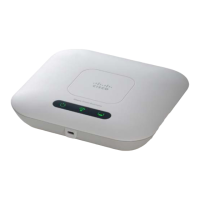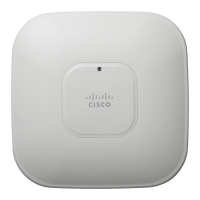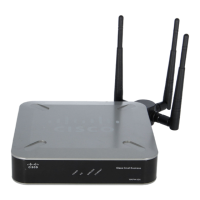Table 1. Power consumption figures (transceiver units)
Unit series Minimum
power
consumption
Nominal power
consumption
(typical
conditions)
Maximum
power
consumption
(realistic
system-design
assumption)
FM Ponte kit (Model
FMPONTE-50)
4 Watts 6 to 7 Watts 10 Watts
FM1200 Volo (Model
FM1200V-HW)
4 Watts 6 to 7 Watts 10 Watts
FM1300 Otto (Model
FM1300T-HW)
8 Watts 10 to 12 Watts 15 Watts
FM3200-series
(Models FM3200 and
FM3200E-HW)
4 Watts 6 to 7 Watts 10 Watts
FM4200-series
(Models FM4200F and
FM4200)
4 Watts 6 to 7 Watts 10 Watts
FM3500 Endo (Model
FM3500)
8 Watts 10 to 12 Watts 15 Watts
FM4500-series
(Models FM4500F and
FM4500)
8 Watts 10 to 12 Watts 15 Watts
FM 4800 Fiber (Model
FM4800F-HW)
13 Watts 15 to 17 Watts 20 Watts
Table 2. Power consumption figures (gateway units)
Unit Maximum power consumption (realistic
system-design assumption)
FM1000 Gateway (Part number
FM1000-GWY)
60 Watts
FM10000 Gateway (Gen. 1) 275 Watts (redundant AC power supply)
250 Watts (non-redundant AC power supply)
FM10000 Gateway (Gen. 2) (Part
number FM10000-GWY)
300 Watts (redundant AC power supply)
3.2. Fluidmesh Architecture
3.2.1. Overview
Wireless network architectures
The Cisco FM Ponte kit can be used to create wireless network
architectures consisting of Point-to-point (P2P) links.
Getting Started
© 2021 Cisco and/or its affiliates. All rights reserved. Page 11 of 132

